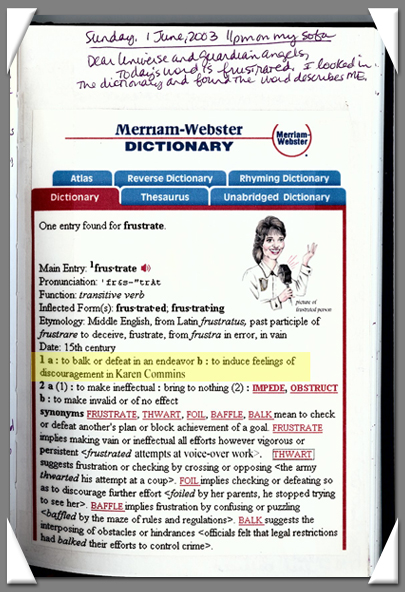If you follow me on Twitter (and if you don’t, what are you waiting for?), you might have seen these 2 recent tweets about restaurants and not realized they could contain significance to you as a voice-over talent:


Drew and I eat out several times a week. When I find something I like at a particular restaurant, I almost always order the same thing on each visit. For the longest time, my choice of chicken fingers was at Chili’s. I would ask them to cook the chicken using the Awesome Blossom batter, and I’d request the Blossom dipping sauce. The Blossom batter and sauce combo gave the chicken a real kick.
Last year, O’Charley’s introduced its Pretzel Crunch Chicken with dijon dipping sauce, and I had a new favorite restaurant for chicken fingers. In addition to a distinct taste, the pretzel coating added texture to the chicken. I would order the Pretzel Crunch Chicken practically every Sunday. We always ask for the same server, so I didn’t even have to place my order. She knew I wanted Pretzel Crunch Chicken.
You can imagine my tremendous shock disappointment to discover last week that not one but both restaurants removed from their menu the thing that I liked best at each place! To put my thoughts in perspective, let me share another recent tweet from Todd Schnick, a bright Atlanta marketer whose tweets and blog posts I enjoy:

Once I learned about O’Charley’s menu change, what did I do? I went back to Chili’s. Now that I know Chili’s has also removed the Awesome Blossom batter and sauce, I’ll be looking for some other restaurant to thrill me with a tantalizing flavor of chicken fingers.
If you’re waiting for a take-out order based on my restaurant experiences, here are two entrees for your consideration:
1) If you change your menu of available selections, you can expect your client list to change.
I stopped marketing my commercial demo in September 2007. Since that time — and not surprisingly — few people who have visited my web site have asked me to voice a commercial. I expect to receive regular inquiries about voicing radio and TV commercials once I complete my new commercial demo in April under Nancy Wolfson’s direction.
I don’t try to be all things to all people or market myself as a voice all projects from promos to phone prompts. However, I do think it’s important to have and market demos for each of your niche markets. If a prospective client visits your site, they will soon leave if they don’t see their particular area represented among your menu of voice-over demos. In fact, some voice actors even create separate web sites to address different types of clients.
2) It’s important to monitor your brand to know when your customers are talking about you. If possible, respond to their complaints, resolve problems and show good will.
Most marketers agree that it requires more time, money and energy to attract new clients than to retain existing ones. In addition, word of mouth is a powerful source of both referrals and refusals.
Although I posted my messages on a very popular social networking site, neither O’Charley’s nor Chili’s has responded to me. Even more surprising, GoDaddy.com didn’t respond to me on Super Bowl Sunday when I and dozens of others tweeted about GoDaddy’s sleazy ad that prompted me to immediately move — as in before the Super Bowl ended — the one domain that I had registered with them to another registrar.
Just as I’m not all things to all people, I also realize I can’t be in all places at once. One tool I use to monitor my brand is Google Alerts. I have created alerts for my name and all of my web site domains. I receive e-mails when Google finds my name or domain names across the web. Not only have I been notified when someone references me or links to one of my sites in their blog post, but I also have discovered an instance where someone has violated my copyright by re-posting one of my blog entries without attribution.
An added benefit to Google alerts is that you can create up to 1000 alerts for free and track anything you want. For instance, you may want to track job listings only within a particular web site without going to that site each day. You could enter an alert using the format
site:websitename.com voiceover
Note that you wouldn’t enter the leading http://www. for this syntax. Google provides extensive documentation to help you narrowly define your search terms. Also, be careful that you go to http://www.Google.com/alerts to set up your alerts. I saw another site that had a similar address but charged a monthly fee for the service.
I’ve been writing for a while, so I’ll stop now and head over to Twitter to see news from Todd Schnick and my other Tweeple. After all this discussion about chicken fingers, perhaps it’s time to try Zaxby’s for supper tonight.


